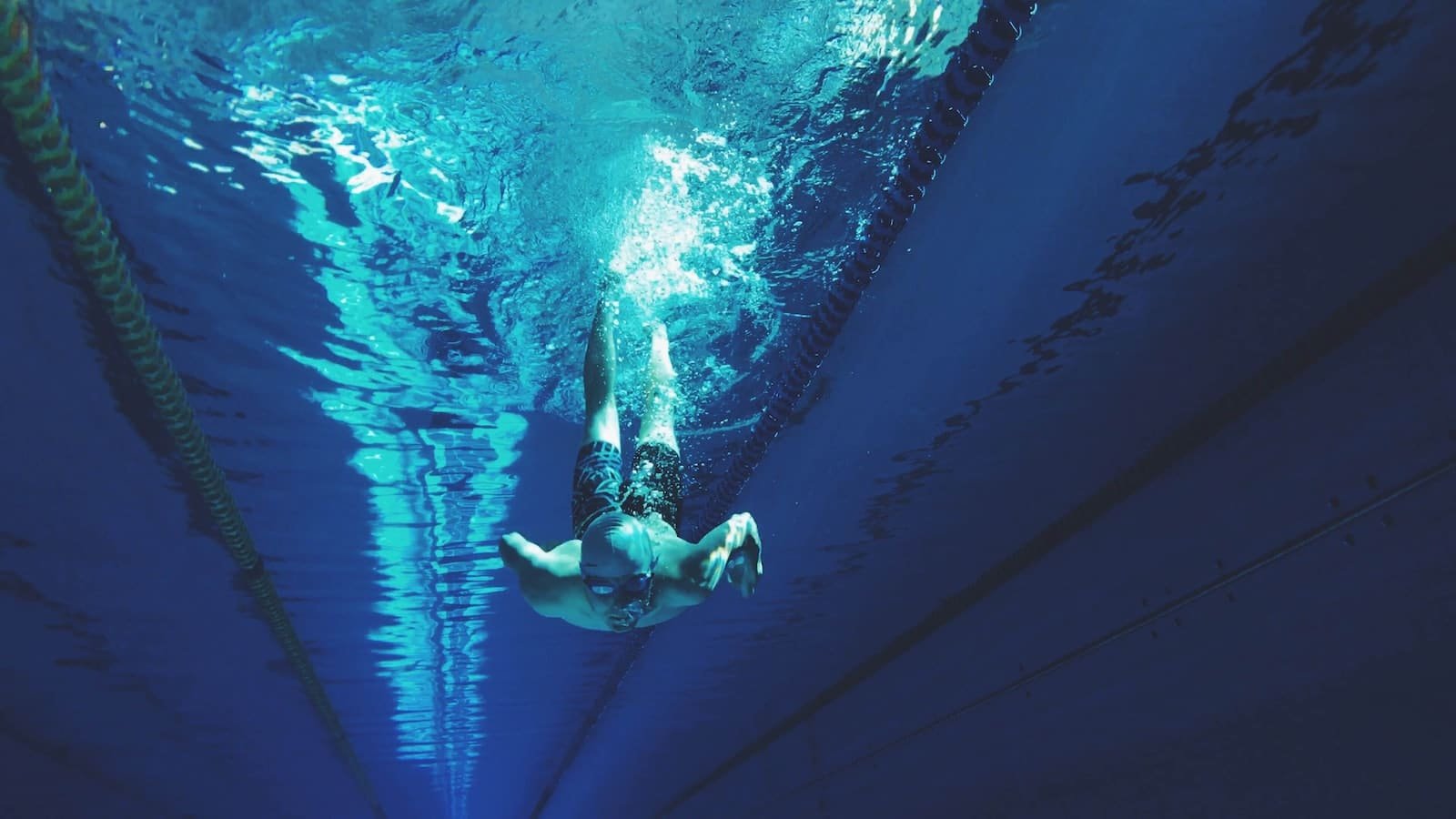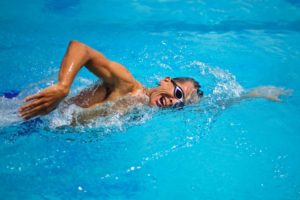Make Breathing Easier

Breathing While Swimming
One of the biggest questions and comments I get when people come for swimming lessons with me is about breathing: I just find it so hard to breath/I can’t get enough air in/I keep swallowing water etc.
There are three things that I get people focussing on when looking to make things easier:
1) Breathing out under water – if you don’t exhale properly, you won’t be able to inhale.
2) How you get your mouth out of the water to breath – we have to override our body’s natural instinct.
3) Timing of your breathing – nothing says swallow water like breathing at the wrong moment!
Breathing out under water
If swimming and being in water is new to you, get used to just being able to breath out under the water. Take a lungful of air, sink under water/hold onto the poolside and breath out. This may be tough to start with if your chest feels tight, that’s perfectly normal. If that is easy, repeat it over and over – breathing out under water, come up, inhale, sink back under. The more comfortable you can be with this rhythm, the easier it will be when you swim.
Breathing technique
If breathing out (and in!) isn’t a problem, then stage two is making sure that your head is in the right position. In the brain there is a part called the Amygdala. This part of the brain is part of our fear sensors, and is the part of your brain that will “remind” you that you need to breath, especially if you’re not comfortable! Unfortunately, the automatic setting for our brain to do this is to lift your head straight up. The reason I say unfortunately is two fold. Firstly, lifting your head will undoubtedly result in your hips dropping below the surface, meaning that you lose momentum and with it stability. Secondly, lifting your head upward doesn’t really lift your mouth out of the water until you’ve moved it a long way. Added to this, it makes it easier for water to go up your nose – when your head is down, body is flat in the water and you move forward, it’s pretty difficult for water to reverse direction to go up your nose…
To get breathing easy, we want to make sure that we are rotating/rocking the hips and shoulders – so we don’t swim too flat, and create a nice space to breath into. Secondly we want to think about turning our chin toward our shoulder (to bring our mouth out of the water), before returning to looking down. It’s easy to practise this movement, standing up. Simply look over your shoulder. Try raising your eyeline and then looking sideways – this becomes harder, so, even more reason to keep the spine/neck neutral, and just twist your head to the side to breath.
I really like to get athletes doing side kick to practise the breathing position, because it really puts an emphasis on good body position and turning the head to breath. It’s an extreme position to be in – you’ll never get this rotated while you actually swim – but it gives you a chance at slow speed to get stable, be controlled and get used to the skill. If this is difficult still to turn your head to the right position, you can break the drill down further and do it “backstroke style” to start with. To do this, adopt the same body position but rather than look down, look straight up toward the ceiling, with the back of your head almost resting on your shoulder. As you get comfortable, get used to turning your face down into the water to breath out. The more used to the drill you get, the less you need to turn your head to breath. Ideally you want to keep one eye/goggle in the water at all times – but you can work up to this.

Try and keep one eye in the water when you breath, less movement means less disturbance
Timing your breathing
Finally in learning to breath a little easier, timing your breath is really important. If you breath at the wrong time in your stroke, you’re liable to slow yourself down a lot, or even take on water.
The cue that I like to get swimmers focussing on is trying to breath early in the stroke. I find that a lot of athletes who are new to swimming or not so comfortable in the water try to breath only when their hand is out of the water and recovering. By this time it’s a little too late and breathing gets a little rushed.
Instead of waiting until your hand exits the water, try and imagine initiating the roll of the body and turn of the head as your hand presses by under your nose and chest. By the time your mouth actually breaks the surface, your hand will be at the back of your stroke, but this will give you ample time to inhale and rotate your face back to look at the bottom of the pool.
Obviously all these little bits take time to refine and practise, to get comfortable with – work your way down the list and get practised at each stage before moving on.
Beyond this you can then think about explosive breathing or trickle breathing – all out in one go or a steady stream of air coming out of your lungs, whichever suits your style of swimming and physiology. But first and foremost make sure that you’re in the right position to do either!
If you have any questions or comments, please feel free to get in touch; either by email, facebook or leave a comment on here! Remember, you can always get your swimming reviewed in the endless pool with our video swim analysis packages.
See what’s up next week for our #SwimTechTues tip!

